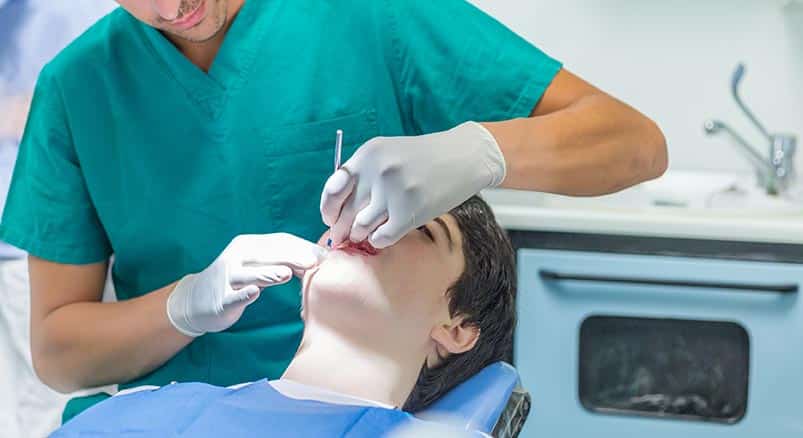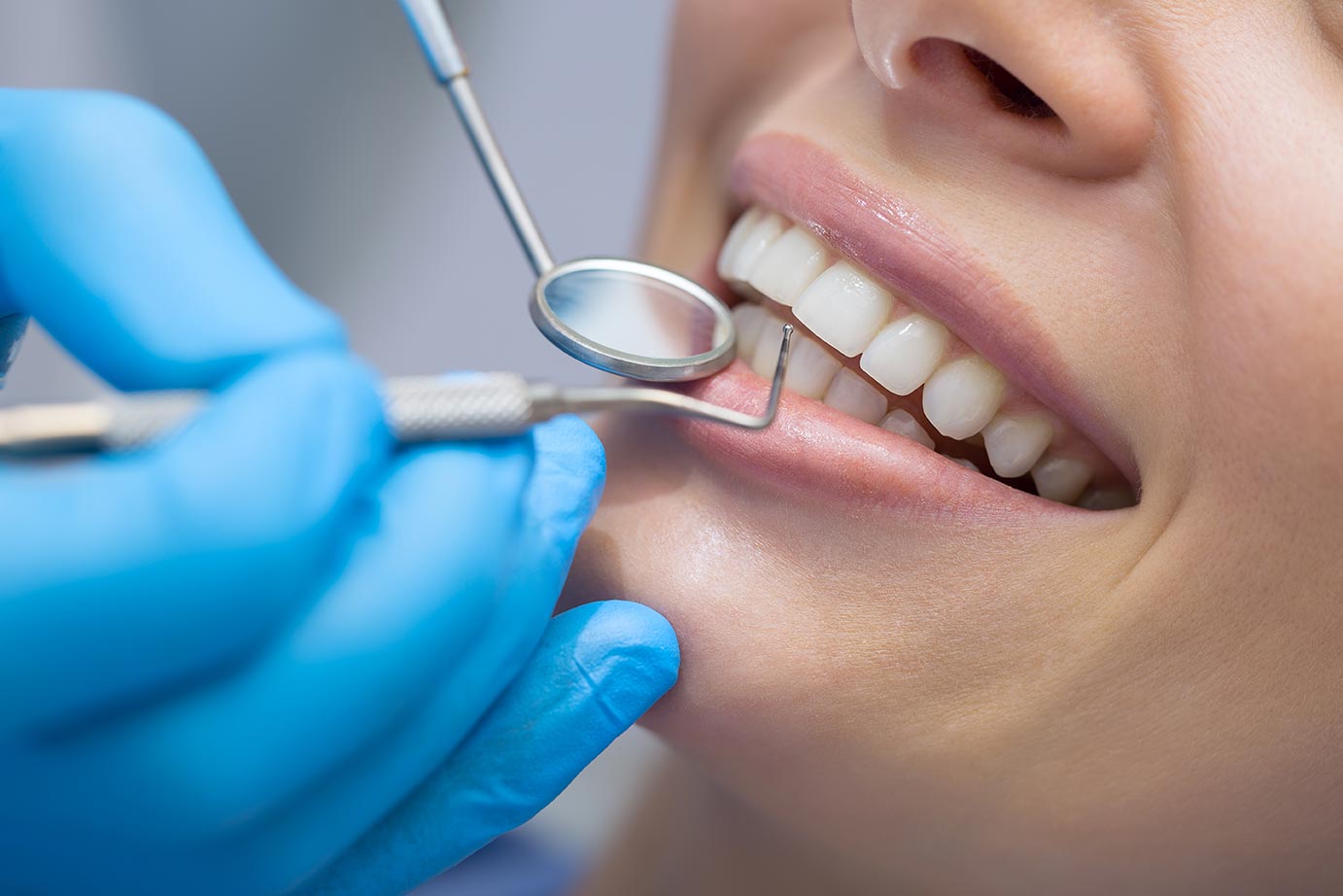Teen Dental Care

Your Teen’s Essential Dental Care
The teenage years represent a pivotal phase for oral health, marked by the emergence of permanent teeth and the challenges that come with them. Based on guidance from dental associations, regular check-ups during these years are vital for long-term dental well-being.
In Luzerne County, PA, our proficient team is adept at making adolescents comfortable and confident during their dental appointments. Establishing a consistent dental care routine during adolescence can have lasting effects, ensuring optimal oral health into adulthood.
Why is Adolescent Dental Care Important?
This is a transformative period for oral development. The teenage years witness the replacement of baby teeth with permanent ones, making it a vital time to instill robust dental hygiene practices.
For adolescent dental visits, our primary objective is to foster a positive rapport. Teens familiarize themselves with the dentist, the office setting, and develop a sense of ease during dental procedures. Those who maintain regular dental check-ups during these years are better positioned to carry forward these habits into adulthood.
During the adolescent dental appointment, we will:
- Discuss the roadmap for your teen’s dental growth and upcoming changes.
- Assess the state of their oral health, focusing on the emergence and alignment of permanent teeth.
- Offer guidance on an effective oral hygiene routine tailored to adolescent needs.
This appointment also offers an opportunity for parents and teens to address any concerns about ongoing dental transitions.

Interested in Teen Dental Care?
Understanding Adolescent Dentistry Versus General Dentistry
Dentistry for adolescents is tailored to cater to the unique challenges and needs that arise during this period. Whether it’s managing the impact of dietary choices or adjusting to orthodontic treatments, our team has the expertise.
Our primary focus for our adolescent patients revolves around preventive care and imparting crucial oral health education. Preventive measures can mitigate significant complications later on. By educating both parents and teens about oral health during these crucial years, we strive to pave the way for a lifetime of stellar oral hygiene. Services we offer include comprehensive dental cleanings, application of sealants, and fluoride treatments tailored for teens.

Adolescent Dental Cleanings
Regular cleanings are foundational for maintaining oral health during the teenage years. These sessions help in eradicating plaque and tartar, both of which can contribute to decay and gum ailments. We typically advise biannual dental cleanings for teens, though some might benefit from more frequent visits based on their individual dental conditions.
Dental Sealants for Teens
Sealants are a protective measure, especially effective for back teeth during adolescence. These barriers are instrumental in preventing cavities by sealing the crevices where food remnants and bacteria might lodge. Given that teens often indulge in sugary treats, sealants can be particularly beneficial for cavity prevention.
Teen Fluoride Treatments
Fluoride treatments fortify the teeth, enhancing their resistance to decay. Considering the dietary habits and unique challenges of the teenage years, fluoride treatments can be a proactive measure in cavity prevention. It’s a straightforward procedure that significantly bolsters the strength of adolescent teeth.
Adolescent Dentistry in Luzerne County, PA
For those scouting for a dental service specializing in adolescents in Luzerne County, PA, we’re here for you! We extend a comprehensive array of dental services tailored for teens. Your queries and concerns are always welcome. Reach out today to schedule a dental appointment for your teen!




